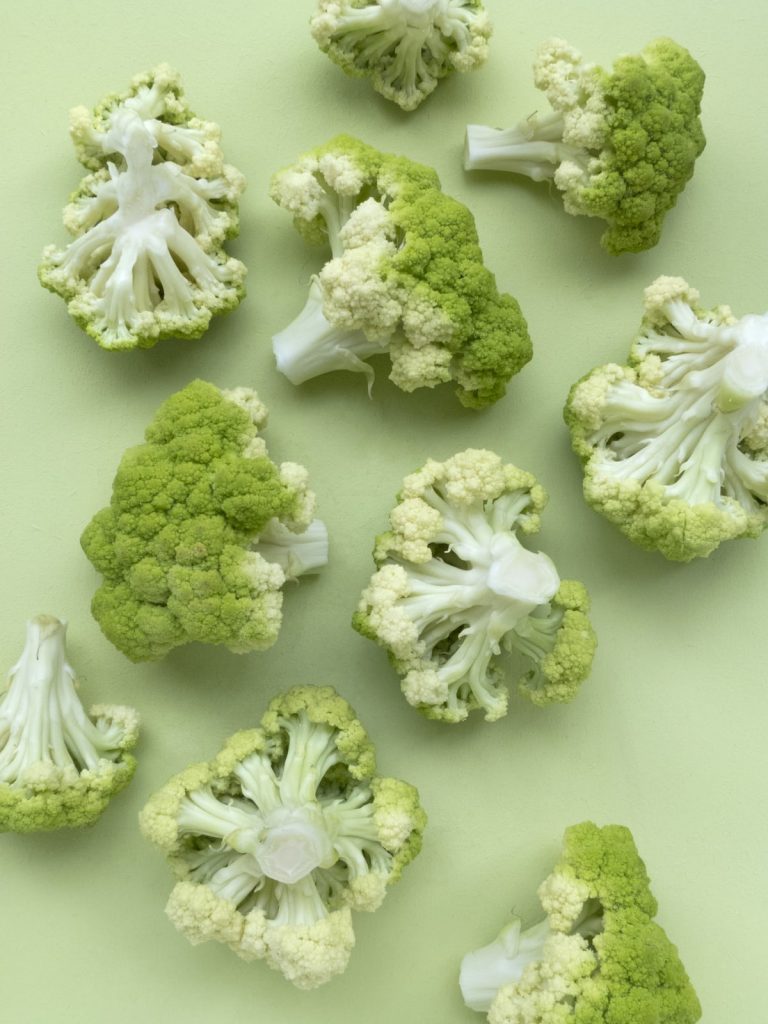
These days, when the topic turns to kid’s nutrition, I tend to think about the grandchildren. OK, Francesca says I think about our grandkids pretty much all the time. But, I have to say that she does too! We have five grandchildren and they range from 15 months to 21 years. It’s amazing to hear what they are up to. I especially love hearing about their creative ideas to make our world a better place and our future brighter. Francesca and I are so proud of them and continue to be inspired by the energy and passion they bring to everything they do. I have no doubt they will find their path, and they will succeed in a big way.
Our youngest, Hazel, is a delight and sharp as a tack. I can almost see the wheels turning in her brain as she works out how to do something brand new. I know she’ll move mountains one day, but right now she is learning to walk.
I also know Hazel’s best shot at achieving her full potential is with a healthy diet filled with a variety of vegetables and their protective phytonutrients. Eating more vegetables is important at every life stage, but it’s especially important during these formative years.
Here’s why it matters. Habits formed when we’re 2 to 5 years of age tend to carry forward into adulthood. So, if you love spinach when you’re a toddler, chances are you’ll love it when you’re a teenager, young adult or older man like me. And, you’ll benefit from its antioxidant protection at every age.
However, this is also an age when kids can get fussy about food. So, what’s the best way to encourage young children to eat more vegetables? A new study reveals the simple solution.

Simplifying the vegetable challenge
In a recent review of the scientific literature, university researchers ranked the effectiveness of the things we typically do to entice kids to eat more vegetables. This includes sneaking vegetables into meals such as in purees, making dishes look more appealing such as serving in a colorful bowl, or teaching kids about good nutrition and encouraging gardening, cooking and other fun educational activities. While many of these techniques work, one method stands out as best.
Ready to find out?
The very best way to help young children eat more vegetables is to simply give them plenty of chances to taste them. How many times do you keep offering a new vegetable before a child will give it the thumbs up? The researchers say at least 8 to 10 times.
With repeated taste exposure, the researchers also found that young kids were more inspired to try something new, something different. In short, the children were inclined to eat more unfamiliar vegetables than familiar ones.

Healthy kids start with healthy habits
Even with the best of intentions, I know a child may avoid certain foods. That’s why Kids Chewable Daily, Kids Chewable Vitamin C and other Nutrilite™ food supplements for kids are so important. This simple habit of regular supplementation helps fill the nutrient gaps between what a child actually eats and what their body really needs.*
Plus, the Nutrilite™ formulators know that flavor is the one thing that will have a child asking for their daily multi again and again. For this reason, they have set the bar high for kid-friendly flavors. And, the shapes are pretty fun, too!
As many of you know, I have a passion for children’s health. Making sure a child is fully nourished during those early years before the age of 5 is so critical to brain development and growth. It’s a big reason why I am so passionate about our Power of 5 Program that helps undernourished children survive, thrive and grow.
Here’s to nourishing tomorrow’s greatness, today.
Cheers!
![]()
* These statements have not been evaluated by the Food and Drug Administration. This product is not intended to diagnose, treat, cure or prevent any disease.
P.S. Don’t forget to subscribe to our RSS feed and have blog posts delivered right to your inbox.
